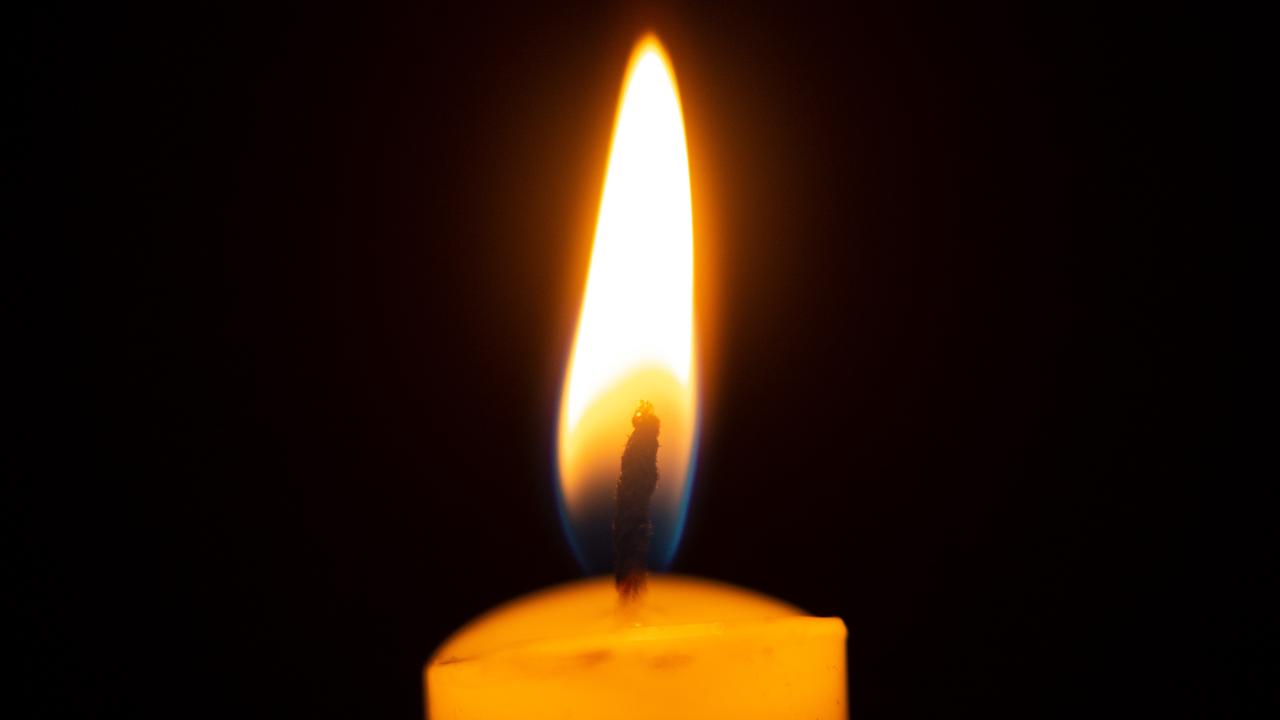How Australian sport dealt with World War I
WHEN World War I broke out on July 28, 1914, the Port Adelaide Football Club was an invincible army in SA sport.

ANZAC Centenary
Don't miss out on the headlines from ANZAC Centenary. Followed categories will be added to My News.
WHEN World War I broke out on July 28, 1914, the Port Adelaide Football Club was an invincible army in SA sport.
It won every game in the SA Football League, beat the state team and successfully defended the Champions of Australia title against VFL premier Carlton on Adelaide Oval.
But society’s attitudes towards such significant sporting achievements - while young men were needed to fight for King and country - changed dramatically.
Those who argued sport served as a much-needed distraction to the horrors of war were challenged by those questioning why there should be honour for the young men who did not volunteer for the armed services.
As those who preferred sport to war were labelled “slackers” or “shirkers”, Australian middleweight boxing champion Les Darcy moved to the US to continue fighting in a boxing ring while Australia debated the need to conscript youth to fight on the battlefields half the world away.
The world’s most famous cricketer at the time, W. G. Grace, turned that debate against sport when he wrote to a sporting newspaper after the English suffered heavy casualties in Belgium saying: “I think the time has arrived when the county cricket season should be closed, for it is not fitting at a time like this that able-bodied men should be playing cricket by day and pleasure-seekers look on.
“I should like to see all first-class cricketers of suitable age set a good example and come to the help of their country without delay in its hour of need.”
All cricket stopped. SA lost its first Sheffield Shield cricketer eight months after Grace penned his letter when Charles Backman was killed at Gallipoli on April 25, 1915.
Australia lost its first Test cricketer at war on October 31, 1917, when NSW fast bowler Albert “Tibby” Colbert was killed in Palestine.
SA league football shut down in 1916 for three seasons. The VFL lost its University team in 1915 by a shortage of players as students were called to war. By 1916, the VFL was reduced from 10 to four teams.
No one is sure which VFL league footballer was the first to die in action in World War I. Six VFL players were killed in the landing at Anzac Cove on April 25, 1915.
How many SANFL league footballers served - and died - in World War I remains unknown as no records were kept at the time and no memorial was built to honour these heroes.
But the cost of World War I - in lives more so than interrupted sporting careers - is best told at the Norwood Football Club.
Phil Robin won the 1907 reserves Magarey Medal, was Norwood’s club champion in 1911 and was among the state’s best wingmen when World War I put a stop to SA league football.
Alongside Robin at The Parade had been the state’s best ruckman, Charles Perry, who - as Robin went to Gallipoli - was involved in a three-way tie for the 1915 Magarey Medal.
Perry went to war in 1916 - and returned to Norwood to finish his SANFL career at 58 games in 1920.
Chaplain-Major Perry also continued his love for Australian football while at war as captain of the Combined Training Units team in an AIF exhibition match in London in 1916.
Lance Corporal Robin did not make it back to The Parade to continue a promising football career that began in 1908 and was measured in 71 league games and seven state games.
Robin and fellow scout Private Arthur Blackburn of the 10th Battalion made the furthest advance of any Allied troops when they penetrated enemy lines at the start of the Gallipoli campaign in 1915.
Robin was killed on the third day after extraordinary skirmishes against Turkish rifle and machinegun fire.
Blackburn returned to Australia with the Victoria Cross after leading an attack along the Western Front.
Robin was already a football hero - particularly after playing in the SA state team that won the Australian title in 1911 - when he left for war.
The VFL recorded 88 league players who died in World War I. The SANFL has no count of its war veterans.
Australian cricket lost just one Test player - Colbert - in World War I and 11 first-class cricketers.
By World War II the concept of maintaining sport - if only to reassure the public that war did not need to totally change Australia’s lifestyle - was stronger but so were the challenges to keep the league teams stocked with players.
The SANFL had its eight-team competition cut to four with every club combining with a neighbouring rival.
The VFL tried to persist with its 12-team competition until Geelong withdrew from the 1942 and 1943 premiership races because of player shortages and severe transport restrictions against the team.


